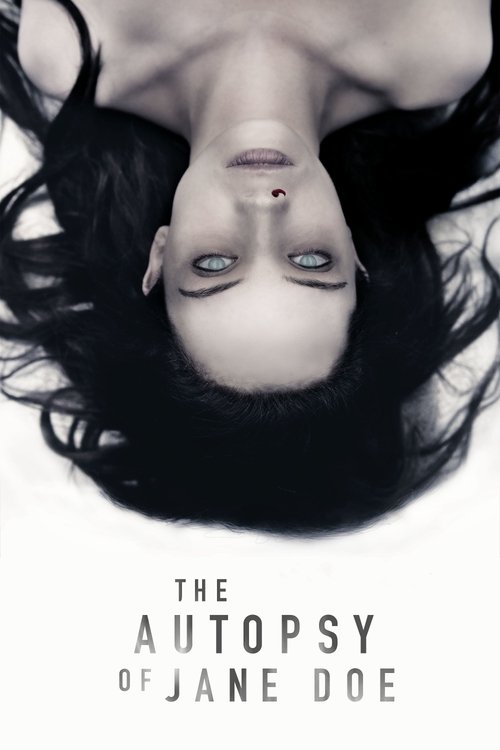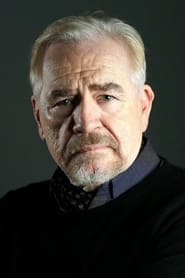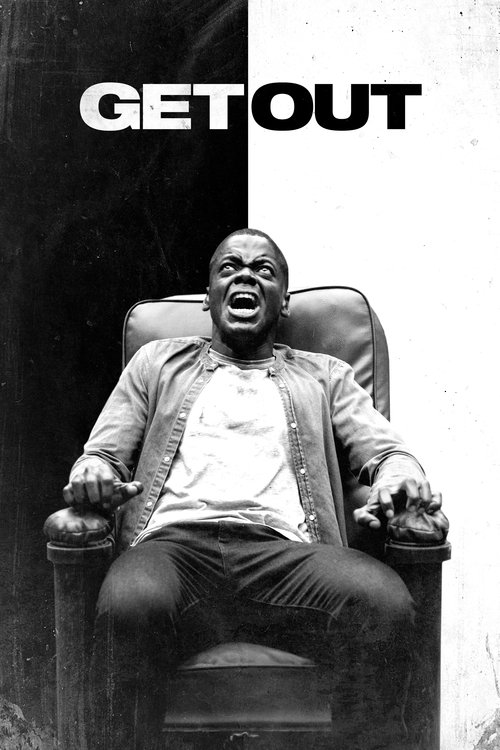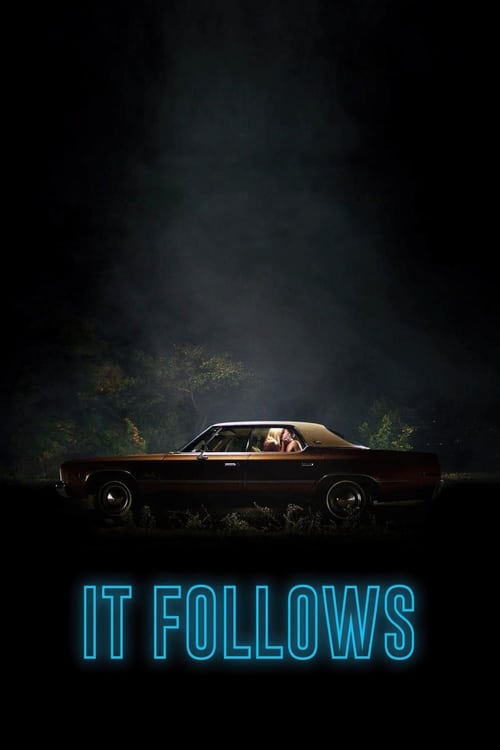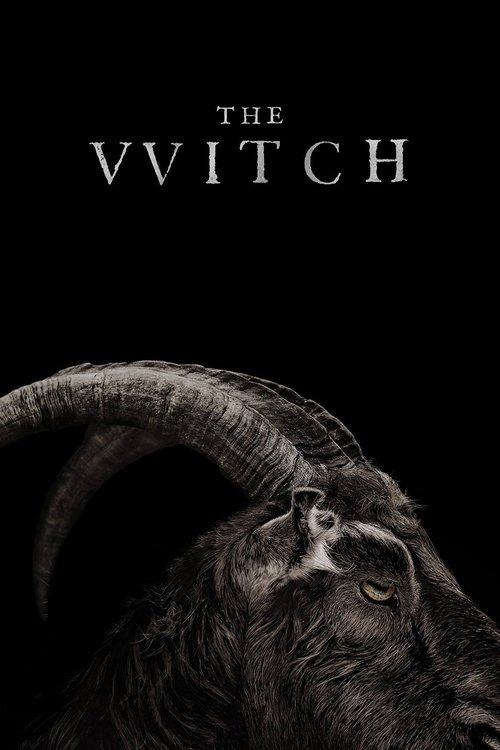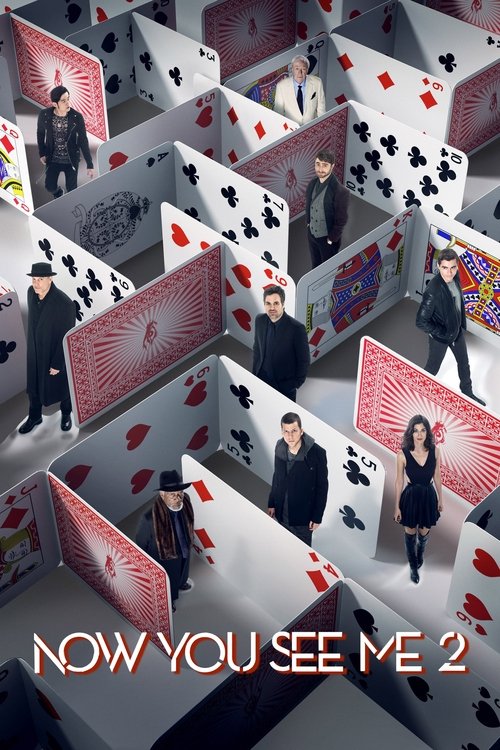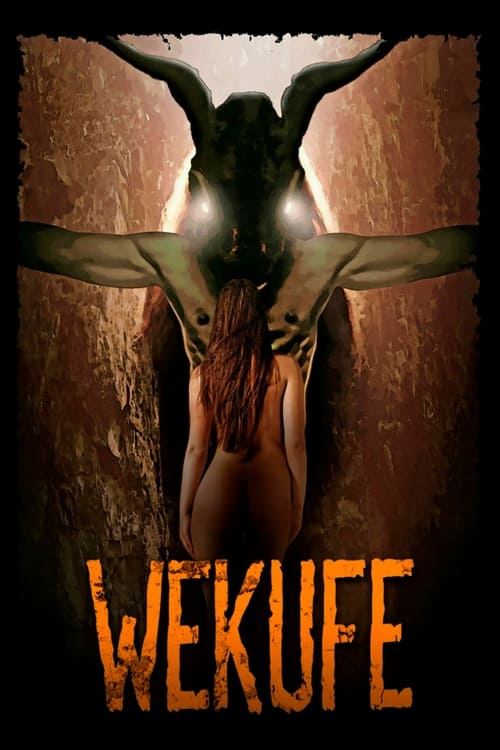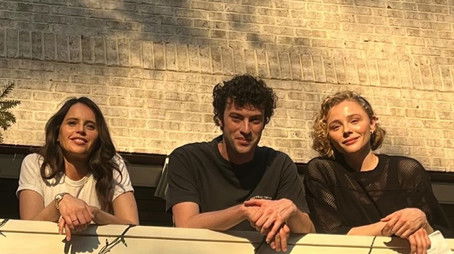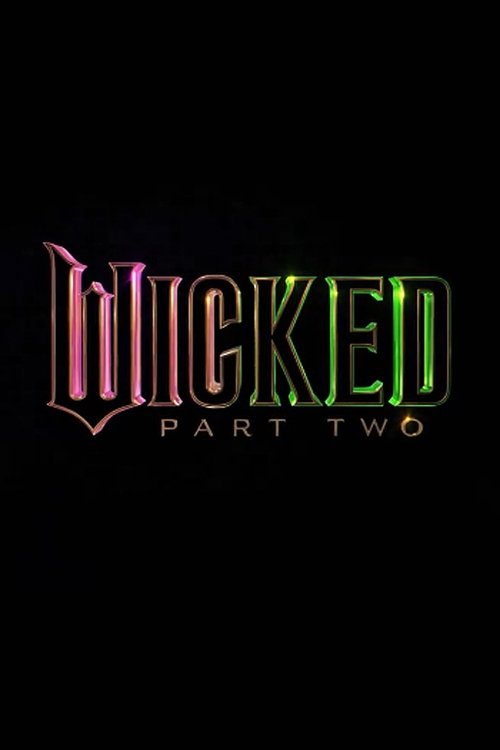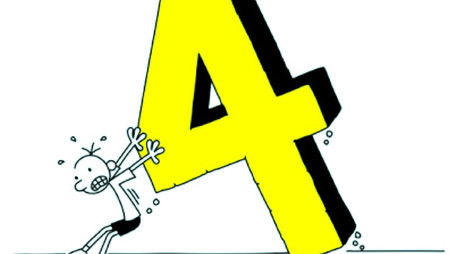
Ask Your Own Question
What is the plot?
In the quiet, rural expanse of Grantham County, Virginia, the local sheriff arrives at the county morgue one stormy evening in 2016, delivering a mysterious corpse to the hands of Tommy Tilden, the seasoned local coroner, and his son Austin Tilden, who assists him. The body, an unidentified woman dubbed Jane Doe, was found half-buried beneath the floorboards of a house basement where a grisly multiple homicide had occurred. The sheriff notes with unease that there were no signs of forced entry at the crime scene, and the victims--Paul, Carol, and a worker named Alvarez--appeared to have been desperately trying to escape before their deaths. The circumstances are baffling, and the sheriff's team is already dead, victims of an unseen malevolence linked to the corpse they now entrust to the Tildens.
Austin had plans that night, a date with his girlfriend Emma, but postpones it to help his father with the autopsy, promising to meet her later. The morgue's basement, a claustrophobic chamber filled with the cold hum of refrigeration units, autopsy tables, and the flickering light of a storm brewing outside, becomes the stage for an unfolding nightmare.
From the start, the body of Jane Doe defies explanation. Tommy and Austin begin the autopsy with clinical detachment, but confusion quickly sets in. The woman's waist is tightly cinched by a corset, a fashion long out of style--centuries out of style--suggesting she lived in a different era. The time of death is impossible to determine: her veins still carry flowing blood, yet her eyes are clouded as if she has been dead for days. There are no external wounds, yet internally her body tells a story of brutal torture. Her wrists and ankles are shattered, her tongue has been cut out, a molar is missing, her lungs are blackened as if burned, and her organs bear scars from multiple stab wounds. Inside her stomach, they find traces of jimsonweed, a powerful paralyzing agent native to New England, a clue that places her origin far from Virginia and hints at a sinister past.
As Tommy peels back the layers of skin, he discovers arcane symbols and sigils etched beneath the surface, occult markings that seem to pulse with a dark energy. Inside her stomach, wrapped in a cloth, is a missing tooth inscribed with Roman numerals--1693--and mysterious letters and drawings. The year points to the height of the Puritan witch trials, and the pieces begin to fall into place: Jane Doe was a woman accused of witchcraft, subjected to horrific torture and execution.
The storm outside intensifies, the wind howling as lightning flashes through the grimy basement windows. The radio, initially broadcasting mundane news, shifts to an eerie gospel hymn that seeps into the room's atmosphere, amplifying the dread. Tommy jokes about toe bells on corpses--small bells tied to toes to alert morticians if a body moves--but the joke turns grim when the bells start ringing mysteriously, signaling that the dead are no longer at rest.
Suddenly, the three other corpses stored in the morgue's chambers vanish without explanation. Panic rises as Tommy and Austin realize they are trapped: the elevator refuses to operate, and the exit door is blocked by an unseen force. Tommy attempts to call the sheriff, but the line is dead. The office door bangs violently, then abruptly stops, and the chilling sound of bells echoes from the hallway.
Tommy is attacked in the bathroom by an unseen figure with glowing grey eyes, leaving him bruised and shaken. Austin, wielding an axe, breaks through the locked autopsy room door, only to glimpse one of the reanimated corpses lurking beyond. The dead have risen, their bodies animated by Jane Doe's vengeful spirit, stalking the morgue's shadowed halls.
In a desperate bid to end the nightmare, Tommy and Austin decide to burn Jane Doe's body in the cremation furnace. But the fire quickly spreads beyond control, engulfing equipment and threatening to consume the entire morgue. Despite their efforts, Jane Doe's body remains unscathed, impervious to the flames, her dark power undiminished.
As the fire dies down, the elevator sputters back to life, offering a fleeting hope of escape. They rush inside, but the door fails to close fully. In the chaos, Tommy swings his axe at what he believes is a pursuing corpse, only to discover with horror that it is Emma, returning to the morgue with a spare key. Mistaking her for one of the dead, Tommy fatally wounds her. Emma's death is a tragic accident born of terror and confusion.
The supernatural assault escalates. Austin becomes possessed by Jane Doe's spirit, his eyes turning the same eerie grey as the figure that attacked Tommy. Under the witch's control, Austin turns on his father, attacking him with brutal strength. Tommy fights back with grim determination and manages to kill his son, but the victory is hollow.
In the final, harrowing moments, Jane Doe's spirit manifests fully, killing Tommy with a supernatural force. The camera lingers on the autopsy table where Jane Doe's corpse, previously inert, suddenly sits upright, a chilling smile spreading across her lips. Her curse remains unbroken, her dark power eternal.
The film closes on this haunting image, the storm raging outside as the morgue becomes a tomb sealed by ancient evil. Tommy, Austin, and Emma lie dead, victims of a centuries-old vengeance that refuses to rest. Jane Doe's secret, revealed through layers of flesh and bone, is a curse that transcends death itself.
What is the ending?
In the ending of "The Autopsy of Jane Doe," Tommy, the father, is ultimately consumed by the supernatural forces surrounding Jane Doe. After discovering the horrifying truth about her past and the dark powers she possesses, he is unable to escape her grasp. The film concludes with him being trapped in the morgue, facing the same fate as those who have wronged Jane Doe, while his son, Austin, is also killed by the entity.
As the night deepens in the morgue, Tommy and his son Austin continue their autopsy of Jane Doe, a mysterious corpse that has been found at a crime scene. The atmosphere is thick with tension and dread, as strange occurrences begin to unfold around them. The lights flicker, and unsettling sounds echo through the building, hinting at the malevolent force tied to Jane Doe.
As they delve deeper into the autopsy, they uncover a series of disturbing findings: her body is unmarked despite the violent circumstances of her death, and her internal organs reveal signs of trauma and ritualistic abuse. Each revelation heightens their fear, and they begin to realize that Jane Doe is not just a victim but a vessel of something far more sinister.
The tension escalates when Austin, feeling the weight of the supernatural events, tries to leave the morgue. However, he is drawn back in by the inexplicable pull of Jane Doe's presence. As they continue their work, they discover a hidden compartment in her body containing a piece of evidence that suggests she was involved in witchcraft. This revelation sends chills down their spines, as they begin to understand that Jane Doe's death was not an accident but a part of a dark ritual.
As the clock ticks, the supernatural occurrences intensify. The morgue becomes a nightmarish labyrinth, with doors slamming shut and shadows lurking in the corners. Tommy and Austin are separated, and the fear of the unknown grips them. Tommy, desperate to protect his son, searches frantically for him, but the entity controlling Jane Doe seems to be one step ahead.
In a climactic moment, Tommy confronts Jane Doe's body, pleading for her to let them go. He realizes that she is seeking vengeance for the wrongs done to her in life. In a moment of desperation, he attempts to burn her body, believing it will free them from her curse. However, this act only enrages the spirit, and the morgue is plunged into chaos.
As the final confrontation unfolds, Austin is attacked by the entity, and Tommy is powerless to save him. The horror culminates when Tommy, now fully aware of the danger, finds himself trapped in the morgue. The lights flicker violently, and he is confronted by the ghostly visage of Jane Doe, who embodies the pain and suffering she endured. In a heart-wrenching moment, Tommy realizes that he cannot escape the fate that awaits him.
The film concludes with Tommy succumbing to the supernatural forces, mirroring the fate of those who wronged Jane Doe. The camera lingers on his terrified expression as he is enveloped by darkness, leaving the audience with a haunting sense of dread. The final shot reveals Jane Doe's body, now at peace, but the implication is clear: her vengeance has been fulfilled, and the cycle of horror continues. The fate of both Tommy and Austin is sealed, as they become part of the tragic legacy of Jane Doe, forever trapped in the morgue that holds her secrets.
Is there a post-credit scene?
The Autopsy of Jane Doe does not have a post-credit scene. The film concludes with a tense and haunting finale that leaves the audience with a sense of dread and unresolved mystery. After the harrowing events unfold during the autopsy, the story wraps up without any additional scenes or revelations during or after the credits. The focus remains on the chilling atmosphere and the emotional turmoil experienced by the characters throughout the film.
What is the significance of the mysterious symbols found on Jane Doe's body?
The mysterious symbols found on Jane Doe's body play a crucial role in unraveling the dark secrets surrounding her death. As Tommy and Austin, the father-son coroner duo, discover these symbols during the autopsy, they realize they are linked to ancient rituals and possibly indicate that Jane was involved in witchcraft or some form of occult practices. This revelation heightens the tension and fear as they begin to understand that her death may not have been a simple case.
How does the relationship between Tommy and Austin evolve throughout the film?
Tommy and Austin's relationship is central to the narrative, showcasing a dynamic that shifts from a professional partnership to one fraught with tension and fear. Initially, they work seamlessly together, with Tommy as the experienced coroner and Austin as his eager apprentice. However, as they uncover the horrifying truths about Jane Doe, Austin's skepticism and desire to protect his father clash with Tommy's determination to solve the mystery, leading to emotional confrontations that reveal their deep-seated fears and vulnerabilities.
What events lead to the supernatural occurrences during the autopsy?
The supernatural occurrences during the autopsy begin to manifest as Tommy and Austin delve deeper into Jane Doe's examination. As they uncover more about her physical state, including her unexplainable injuries and the chilling symbols, strange phenomena start to occur in the morgue. The lights flicker, unsettling sounds echo, and they experience a growing sense of dread. These events escalate as they piece together Jane's tragic story, suggesting that her spirit may be restless and seeking to communicate the horrors she endured.
What are the details surrounding Jane Doe's cause of death?
Jane Doe's cause of death is shrouded in mystery and becomes a focal point of the autopsy. Initially, her body appears unmarked, but as Tommy and Austin conduct their examination, they discover a series of gruesome injuries, including internal trauma and signs of ritualistic mutilation. The more they investigate, the more they realize that her death was not only violent but also tied to a series of supernatural elements, leading them to question the very nature of her existence and the circumstances that led to her being found.
How does the setting of the morgue contribute to the film's atmosphere?
The setting of the morgue is integral to the film's atmosphere, creating a claustrophobic and eerie environment that amplifies the tension. The dim lighting, cold metal surfaces, and the isolation of the facility contribute to a sense of dread. As Tommy and Austin work late into the night, the oppressive silence is punctuated by unsettling sounds, enhancing the feeling of being watched. This setting becomes a character in itself, reflecting the emotional turmoil and fear that the characters experience as they confront the unknown horrors associated with Jane Doe.
Is this family friendly?
The Autopsy of Jane Doe is not considered family-friendly due to its intense themes and graphic content. Here are some potentially objectionable or upsetting aspects that may affect children or sensitive viewers:
-
Graphic Autopsy Scenes: The film features detailed autopsy procedures, including the dissection of a corpse, which may be disturbing to some viewers.
-
Body Horror: There are moments that involve unsettling imagery related to the deceased, including injuries and abnormalities that are revealed during the autopsy.
-
Supernatural Elements: The film incorporates horror elements that may be frightening, including themes of possession and the unknown, which can evoke anxiety and fear.
-
Violence and Blood: There are instances of blood and violence, particularly in the context of the autopsy and the backstory of the deceased.
-
Dark Atmosphere: The overall tone of the film is somber and eerie, which may be unsettling for younger audiences or those sensitive to horror themes.
-
Emotional Tension: The characters experience significant stress and fear, which may be intense for younger viewers to process.
These elements contribute to the film's classification as a horror movie, making it unsuitable for children or those who are sensitive to such content.

